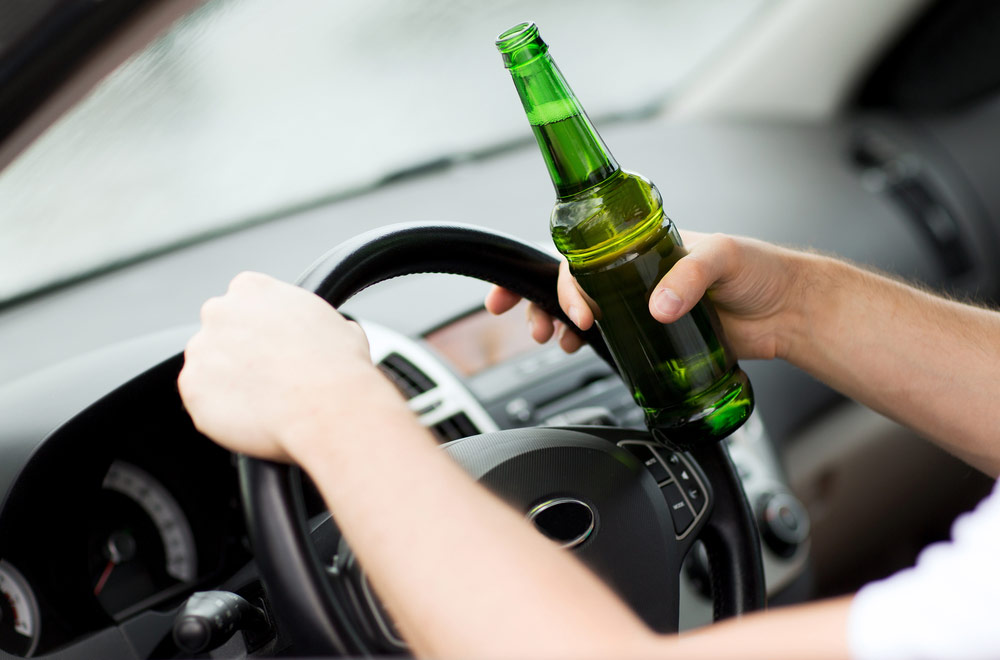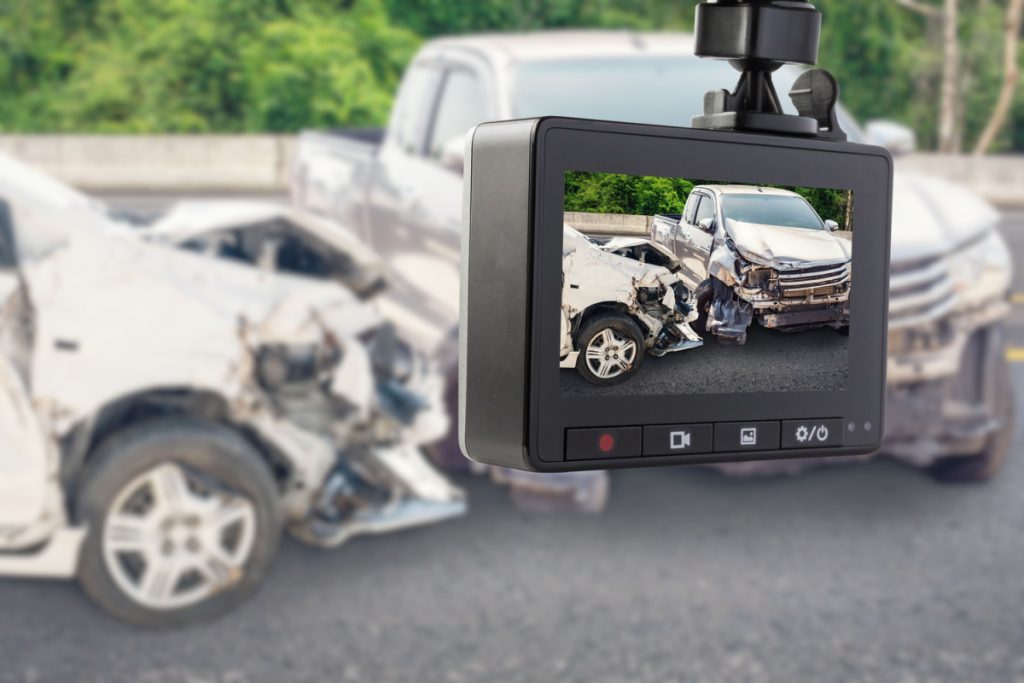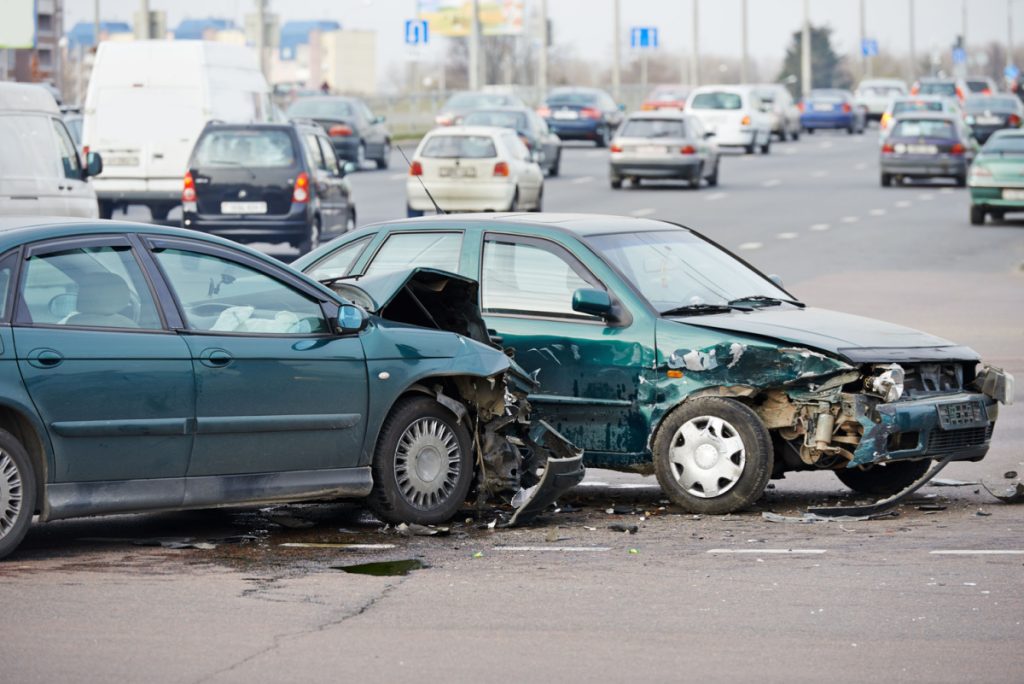What’s DUI?
After drinking, it’s illegal to drive a car, truck, motorcycle, or other motorized vehicle. Drinking and driving involves operating a vehicle with a blood alcohol content (BAC) of 0.08 percent or higher. Even a little alcohol can be dangerous. Some drivers may not display signs of intoxication, yet it’s still risky. Any sort of drunk driving is unlawful and can be punished severely. Continue reading to learn more about the details of a DUI.
Binge drinkers and those with alcohol use disorders are more likely to drive drunk (AUD). They consume a lot of alcohol quickly, placing themselves at risk for negative effects. Ingesting alcohol takes 30 minutes to two hours. Your breathing and cognitive skills may slow during this time. Drinking and driving is dangerous.
Alcoholism is treatable in a specialized facility. If you or a loved one has a drinking problem, seek help. Call a provider to find nearby rehabs.
DWI Dangers
Any amount of alcohol impairs driving. Alcohol misuse can cause accidents and traffic injuries. Safe driving involves concentration, excellent judgment, and speed. Alcohol impairs these talents, endangering you and others.
Alcohol impacts driving in several ways:
Sluggish Reaction
Alcohol slows your response time to varied situations. Drinking reduces response time and increases accident risk. If the automobile in front of you brakes unexpectedly or a person crosses the street, your brain will need more time to avert an accident
Disorganized
Heavy drinking impairs eye, hand, and foot coordination. Without coordination, you may miss a danger. Walking, swaying, and standing upright are indicators of poor coordination. Too much alcohol can make it hard to start your car.
Focus
Any amount of alcohol can impair focus. Staying in your lane, speed, other automobiles, and traffic signals require your whole attention while driving. Drinking reduces attention span, which increases accident risk.
Vision impaired
Alcohol can impair vision. You may notice blurred vision or uncontrolled eye movement after drinking. Vision impairment can alter how you assess driving distance. When gazing straight ahead, fewer items may be visible in your peripheral vision.
Discourage judgment
Your brain governs your judgment. Driving a motorized vehicle requires good judgment. You must anticipate problems and make clear decisions if another car cuts you off. Driving requires alertness and good judgment.
DUI stats
In the U.S., 28 individuals die daily in alcohol-impaired driving crashes. In 2014, alcohol-impaired driving killed roughly 10,000 Americans. One-third of traffic deaths were alcohol-related. 2014 had more than 1.1 million DUI arrests.
BAC affects driving
Legally drunk at 0.08 percent BAC. One drink can influence numerous senses. Never drink and drive. Not worth endangering yourself and others.
How BAC affects driving:
0.02BAC
Inability to multitask, lack of judgment, greater relaxation, slightly elevated body temperature, mood fluctuations
0.05BAC
Lack of judgment, excessive behavior, lack of coordination, inability to recognize moving objects, lack of awareness, lack of inhibitions, poor small-muscle control, lower response rate
0.08BAC
Muscle coordination, judgment, logic, self-control, short-term memory, concentration, speed control, and information processing are impaired.
0.10BAC
Poor coordination, sluggish reaction times, reduced vehicle control, limited ability to stay in lane and brake, slurred voice
0.15-BAC
Extreme loss of balance, zero muscle control, vomiting, decreased visual and auditory processing, diminished driving attention
BAC levels of 0.08 percent or above are considered alcohol-impaired driving deaths. Even while alcohol-impaired driving fatalities have been down, alcohol-related crashes cost the U.S. $44 billion annually.
Who’s Most At Risk?
Alcohol can cause accidents and serious injuries. Some groups are more likely to drive drunk.
16-20-year-old drivers are 10 times more likely to be in a fatal crash than 21-year-old drivers. While underage drinking and driving has dropped, several towns are implementing additional safety measures. In 2011, one million high schoolers admitted to drinking and driving.
21-24-year-olds have the second-highest alcohol-related collision risk. In recent years, 32% of 21 to 24-year-olds in fatal crashes had a BAC of 0.08 percent or higher. Many of these cases involved binge drinking, or excessive alcohol consumption. This affects college students and young professionals who drink easily at parties.
DUI laws
Driving with a BAC of 0.08 percent or above is a federal DWI. Cars, trucks, bikes, golf carts, snowmobiles, and jet skis are motor vehicles. Each state’s DWI laws vary regarding penalties, jail term, and revoked or suspended licenses. Some states impose community service or alcoholism treatment based on legal charges.
Many states have passed rules to prevent drinking-and-driving dangers. Zero tolerance laws target teens who drive drunk. Underage drinking is unlawful and punishable in the US. Underage drinking and driving carries harsh consequences.
A DWI or DUI conviction might have repercussions. Drunk driving can harm your family, relationships, employment opportunities, finances, insurance rates, and jail time.
Are You In Need of A DUI Lawyer in Las Vegas?
Get in touch with an experienced lawyer today, contact us here.






